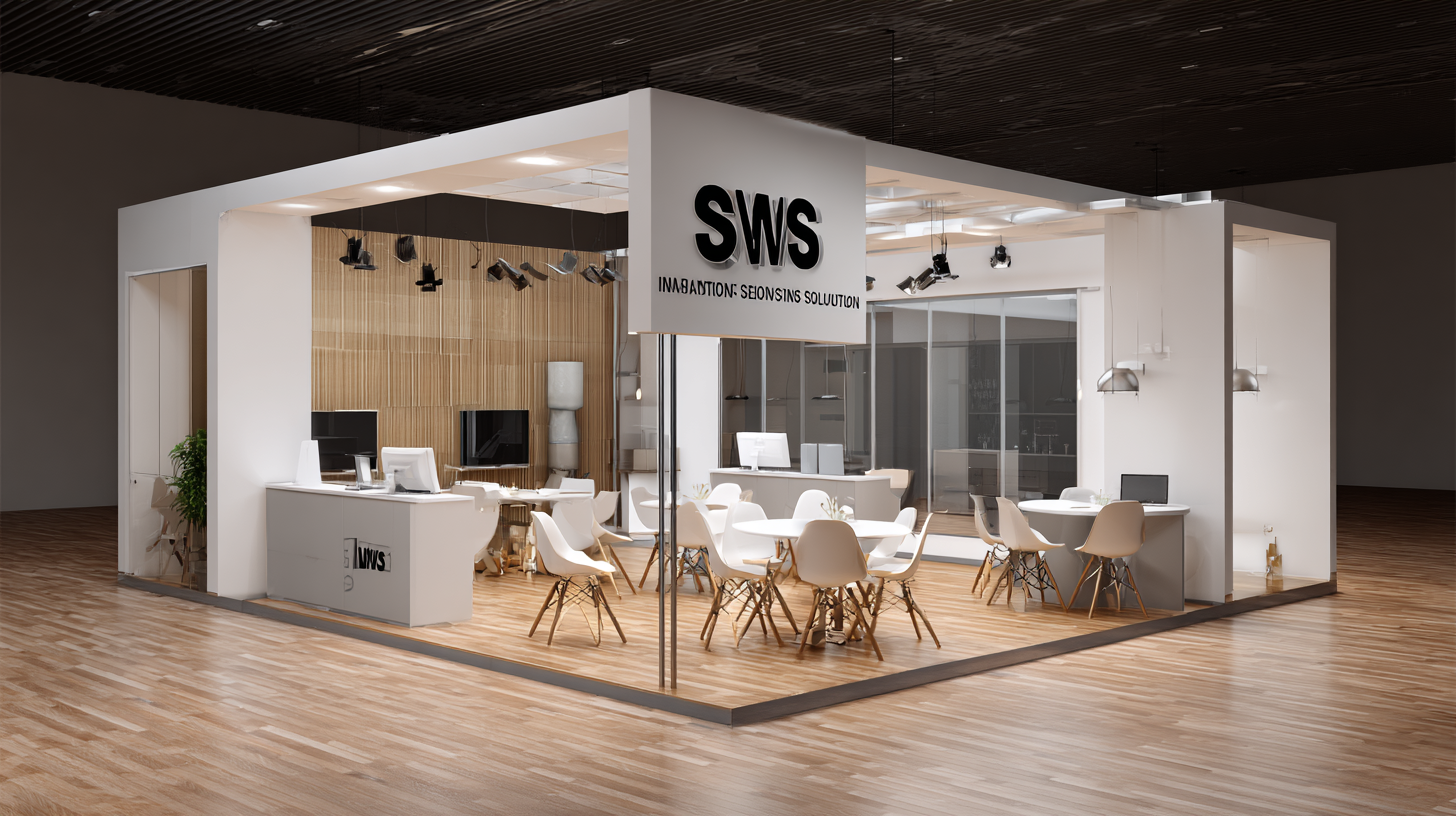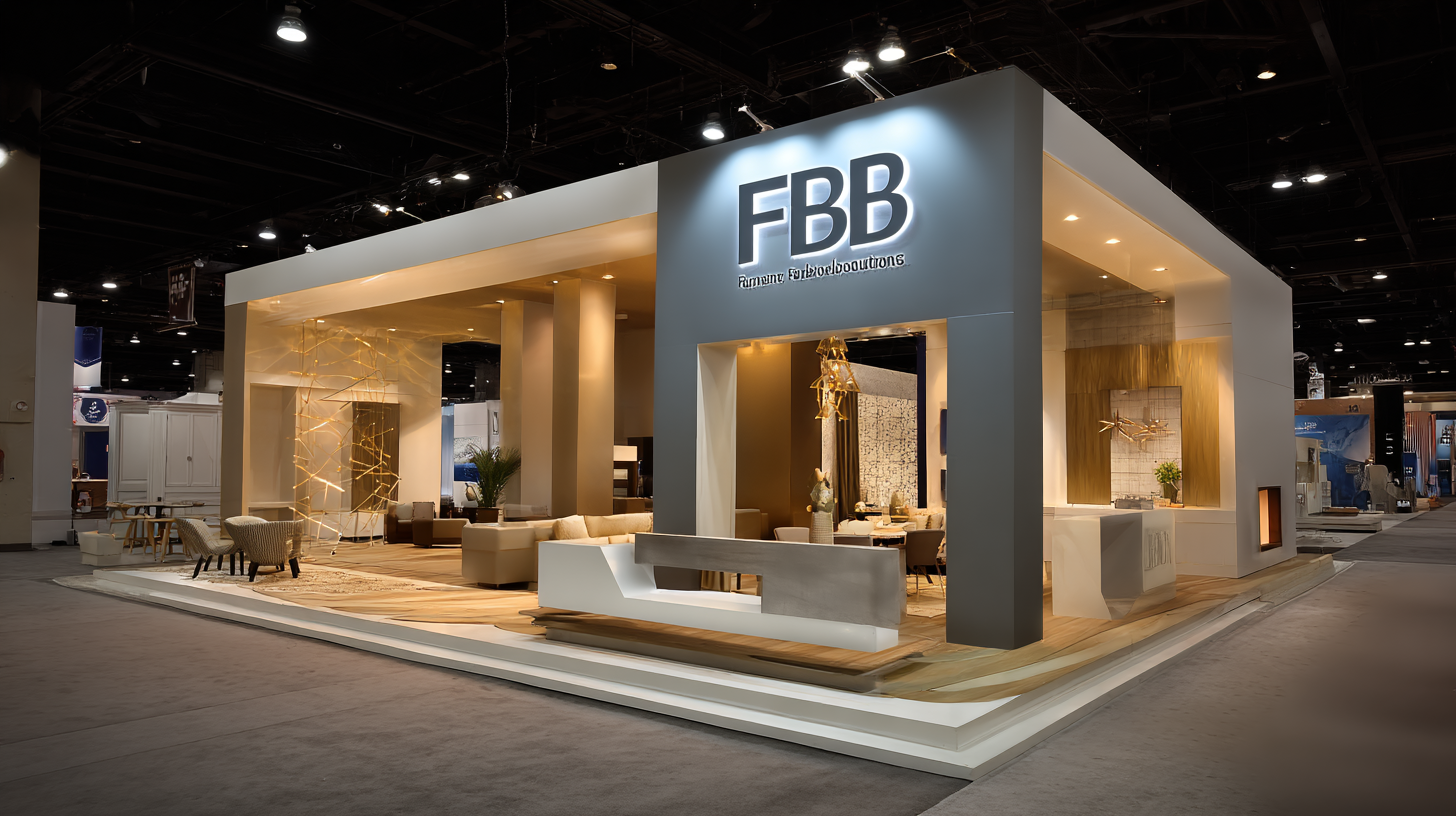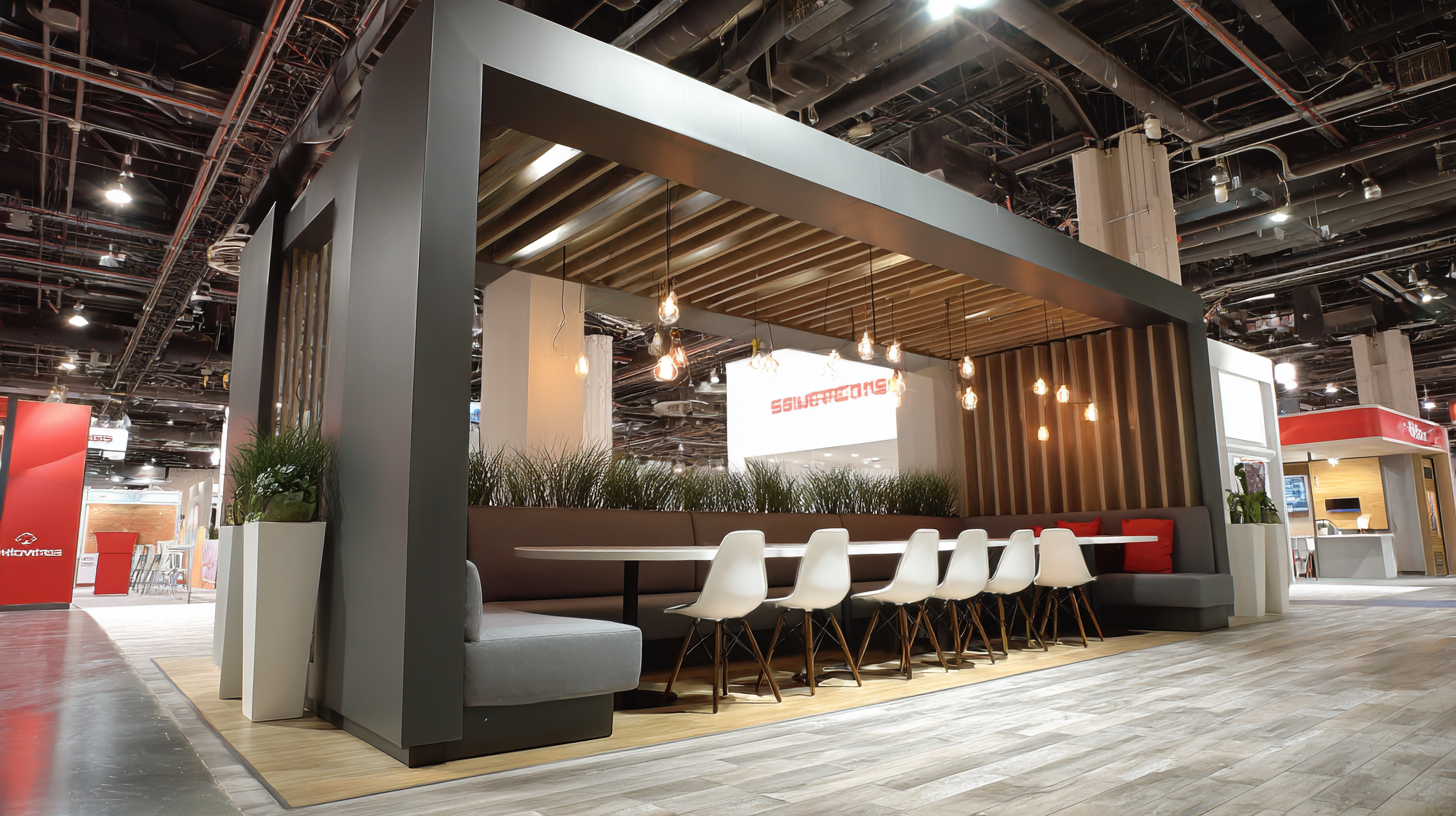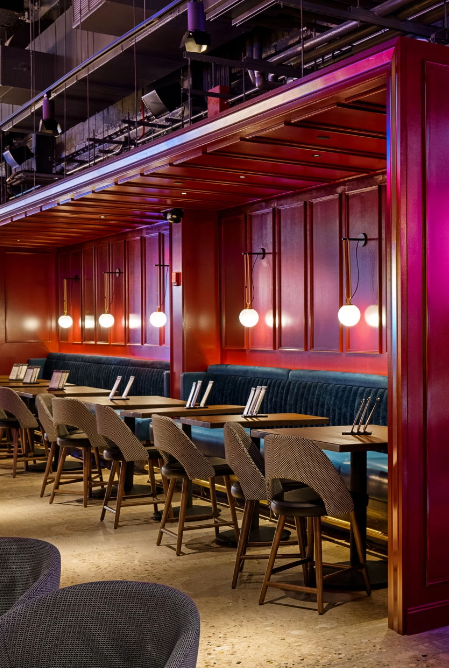In the ever-evolving landscape of the furniture industry, the demand for innovative furniture booths has never been more critical. According to a recent report by Grand View Research, the global furniture market is projected to reach $650 billion by 2025, with a growing emphasis on design and functionality. As trade shows and exhibitions continue to serve as pivotal platforms for brand visibility, businesses face common challenges such as space optimization, aesthetic appeal, and cost efficiency. This is where innovative solutions for furniture booths come into play, addressing these industry pain points while simultaneously enhancing user experience and engagement. By harnessing cutting-edge technologies and sustainable materials from top Chinese manufacturers, companies can not only strengthen their brand presence but also build global trust, illustrating the powerful synergy between quality craftsmanship and innovative design in the furniture booth sector.

In the competitive landscape of the furniture industry, designing a booth that captivates and engages customers is paramount. Innovative furniture booth designs play a crucial role in creating memorable experiences that resonate with visitors. By integrating interactive elements, such as virtual reality displays and dynamic layouts, businesses can transform standard booths into immersive environments that showcase their products in an engaging context. This not only highlights the functionality and aesthetic appeal of furniture pieces but also encourages customers to envision them in their own spaces.

Furthermore, enhancing customer engagement requires a thoughtful blend of technology and personalization. Incorporating smart design features like adjustable lighting, modular configurations, and personalized consultations can significantly elevate the customer experience. For instance, using augmented reality apps allows customers to visualize how different furniture pieces will look in their homes, fostering a deeper connection to the product. As the industry evolves, the emphasis on creating interactive and customer-centric booth designs will continue to redefine how brands connect with their audience, ultimately leading to increased interest and sales.
The furniture industry is witnessing a significant shift toward sustainability, as brands realize that eco-friendly practices can address pressing industry challenges while appealing to environmentally conscious consumers. Recent reports indicate that over 60% of consumers prefer sustainable furniture options, highlighting a growing demand for booths constructed with sustainable materials. Utilizing responsibly sourced wood, recycled metals, and low-VOC finishes not only reduces environmental impact but also enhances the durability and aesthetic appeal of furniture booths.
When designing your furniture booth, consider these tips: Opt for modular designs that can be easily reconfigured and reused across different events. This approach not only minimizes waste but also maximizes your investment. Furthermore, incorporate greenery or biophilic designs, which not only improve air quality but also create a welcoming environment that resonates with attendees’ desire for nature-inspired aesthetics.
Another effective practice is the integration of digital tools to enhance booth interactivity without relying heavily on physical materials. Utilizing augmented reality or virtual showcases can engage customers while significantly lessening the carbon footprint associated with traditional booth setups. As sustainability becomes a key factor in consumer choice, adopting these innovative solutions can help position your brand as a leader in responsible manufacturing and architecture in the furniture industry.
The furniture industry is continually evolving, facing design challenges that can hinder creativity and efficiency. According to a recent report by IBISWorld, furniture manufacturing revenue in the U.S. reached $52 billion in 2022, highlighting the need for innovative practices that not only attract customers but also streamline production. One effective method is integrating technology, such as augmented reality (AR) and 3D modeling, into the design process. These tools enable designers to visualize concepts in real-time, making it easier to refine ideas and address potential issues before they reach the production stage.
Moreover, the incorporation of advanced software solutions can significantly enhance communication between teams. A study by McKinsey & Company revealed that organizations leveraging digital tools improve their design and development cycles by up to 30%. By utilizing platforms that facilitate collaboration and feedback, furniture manufacturers can better address customer demands and predict market trends. As a result, adopting technological solutions not only resolves common design challenges but also positions companies to thrive in a competitive landscape.
Creating versatile spaces for furniture booths has become a necessity in addressing the diverse needs of various events. As the industry evolves, the demand for adaptable environments that can cater to different themes and audiences has risen significantly. Innovative solutions can transform conventional booths into multifunctional spaces that accommodate everything from trade shows to community fairs. By utilizing modular designs and flexible layouts, exhibitors can easily reconfigure their booths, allowing them to showcase products effectively while attracting a wider audience.
Incorporating elements like portable displays, adjustable shelving, and integrated technology can further enhance the versatility of furniture booths. This adaptability not only maximizes the use of space but also ensures that the booth can reflect the unique branding of the exhibitor across different occasions. Additionally, sustainable materials and eco-friendly designs are gaining traction, as many businesses are now aware of their environmental impact. By creatively implementing these features, exhibitors can create a compelling narrative that engages visitors, fosters interaction, and promotes product awareness, ultimately leading to a more successful experience at any event.
Maximizing space efficiency in furniture booth layouts and designs is crucial for vendors aiming to capture attention in crowded trade shows and exhibitions. A well-planned layout not only highlights the quality and functionality of the furniture but also ensures that visitors can navigate the space comfortably. By incorporating flexible furniture arrangements and multi-functional display pieces, exhibitors can transform limited areas into engaging environments that encourage interaction and exploration.
One effective strategy is the use of vertical space. Tall displays, shelving units, and hanging elements can draw the eye upwards, creating the illusion of a larger area while showcasing more products. Additionally, integrating technology into booth designs—such as interactive screens or augmented reality—can further engage visitors, leaving a lasting impression without requiring extensive physical space. Smart lighting and color schemes can also enhance the appeal and make the booth feel more open and inviting, offering a welcoming atmosphere that encourages attendees to stop and explore.

©2024 Pine Vista LLC, DBA Design Manufacturing Group. All Rights Reserved.



©2024 Pine Vista LLC, DBA Design Manufacturing Group. All Rights Reserved.
